Optimal Seasons for Waterproofing Applications
Spring offers moderate temperatures and increasing moisture levels, making it suitable for waterproofing projects before heavy rains.
Summer provides warm, dry conditions ideal for applying waterproofing materials that require curing in warm weather.
Fall's cooler temperatures and lower humidity can be suitable, but application should be completed before winter.
Winter is generally less ideal due to cold temperatures and potential for freezing, which can impair adhesion and curing.
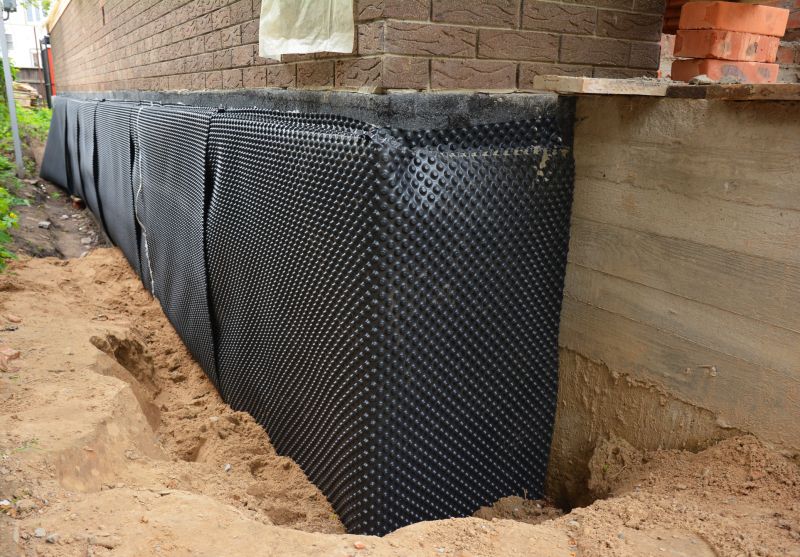
Ways to make Waterproofings work in tight or awkward layouts.

Popular materials for Waterproofings and why they hold up over time.
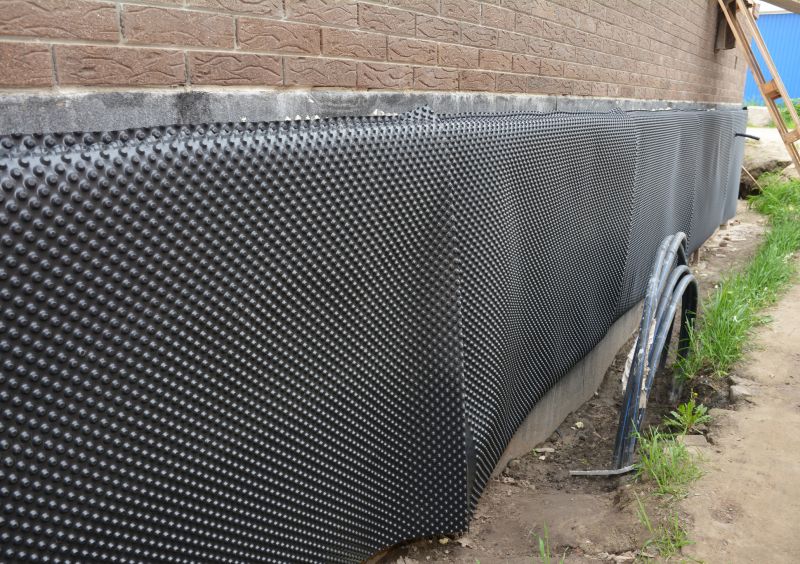
Simple add-ons that improve Waterproofings without blowing the budget.

High-end options that actually feel worth it for Waterproofings.
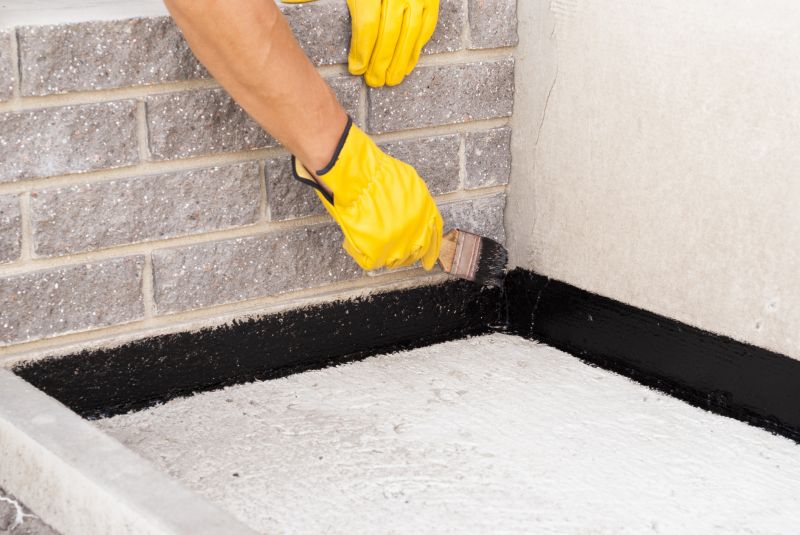
Finishes and colors that play nicely with Waterproofings.
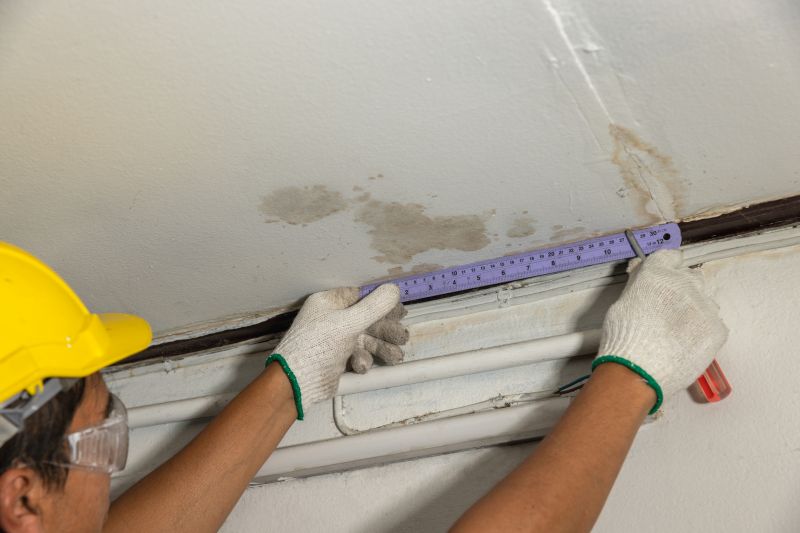
Little measurements that prevent headaches on Waterproofings day.
Waterproofings involve applying specialized materials to prevent water penetration in foundations, roofs, and other structures. Proper timing ensures materials cure correctly and adhere effectively to surfaces. The choice of season impacts the durability of the waterproofing layer, with warmer, drier periods generally yielding better results.
Statistics show that waterproofing failures are often linked to improper timing and application conditions. For example, applying waterproofing in cold or wet weather can lead to reduced adhesion and early failure, increasing repair costs and structural risks. Planning waterproofing projects during optimal weather windows enhances their lifespan and performance.
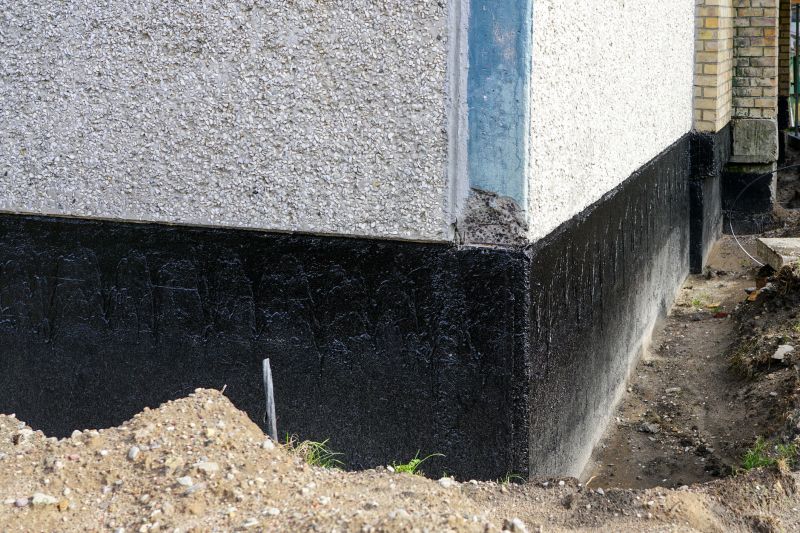
A 60-second routine that keeps Waterproofings looking new.

A frequent mistake in Waterproofings and how to dodge it.
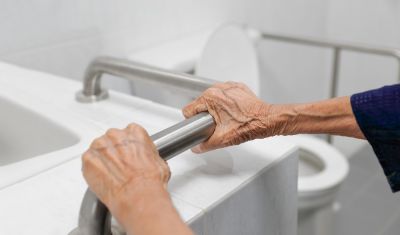
Small tweaks to make Waterproofings safer and easier to use.

Lower-waste or water-saving choices for Waterproofings.

The short, realistic tool list for quality Waterproofings.
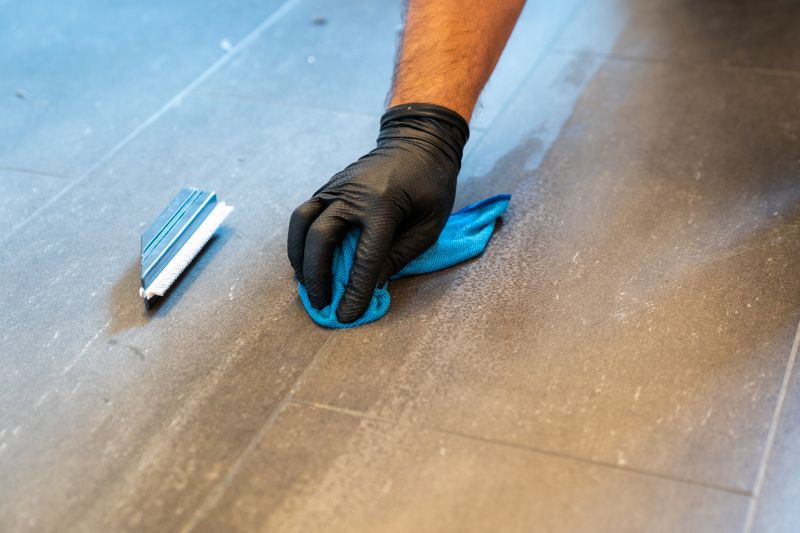
Rough timing from prep to clean-up for Waterproofings.
| Season | Optimal Conditions |
|---|---|
| Spring | Moderate temperatures, increasing moisture |
| Summer | Warm, dry weather, ideal for curing |
| Fall | Cooler temperatures, low humidity |
| Winter | Cold, potential for freezing, generally unsuitable |
Choosing the right time for waterproofing ensures maximum effectiveness and durability. Proper scheduling considers local climate patterns and specific project requirements. Consulting with waterproofing professionals can help identify the best season for each application.

Quick checks and paperwork to keep after Waterproofings.
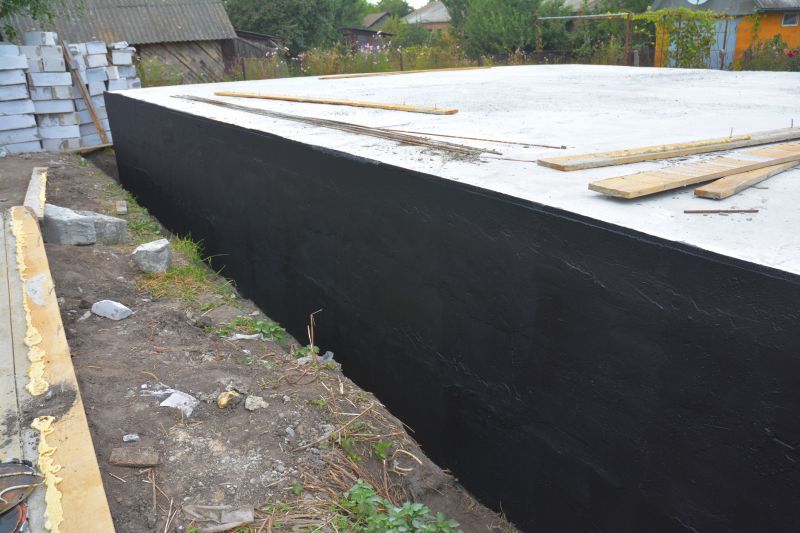
Examples that show the impact a good Waterproofings can make.

Ways to make Waterproofings work in tight or awkward layouts.
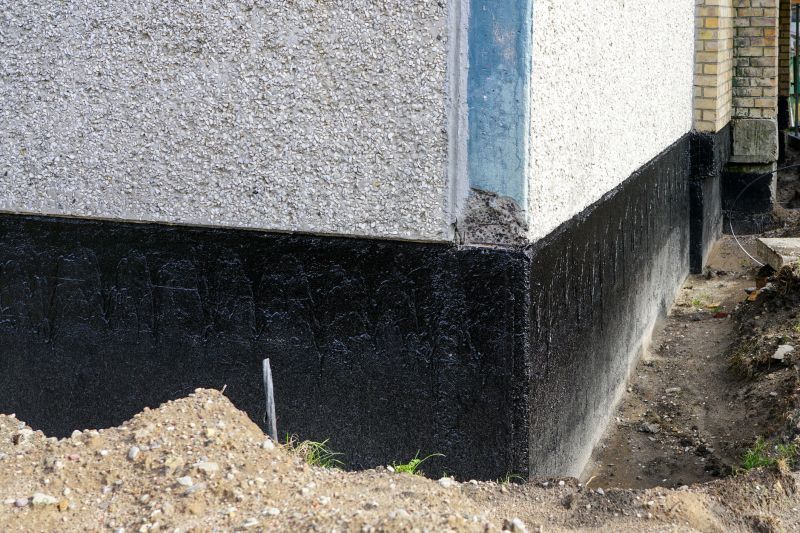
Ways to make Waterproofings work in tight or awkward layouts.

Ways to make Waterproofings work in tight or awkward layouts.
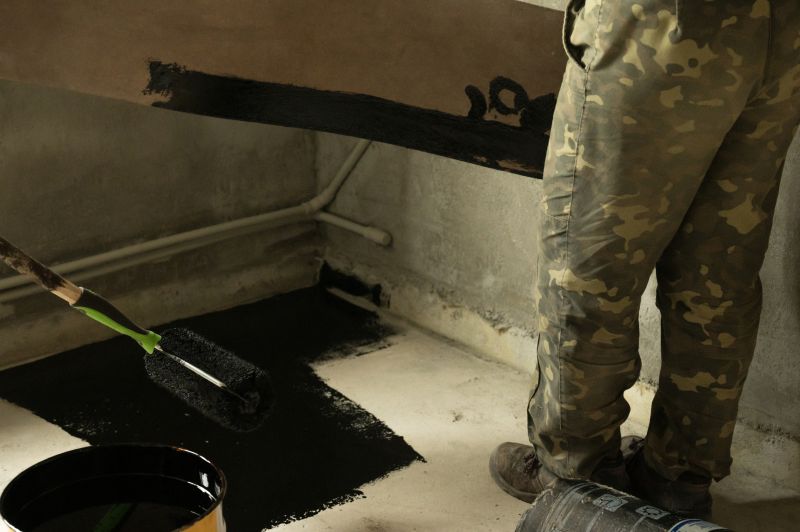
Ways to make Waterproofings work in tight or awkward layouts.
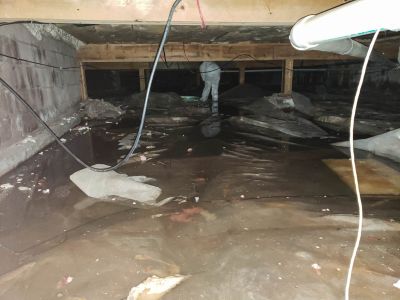
Ways to make Waterproofings work in tight or awkward layouts.
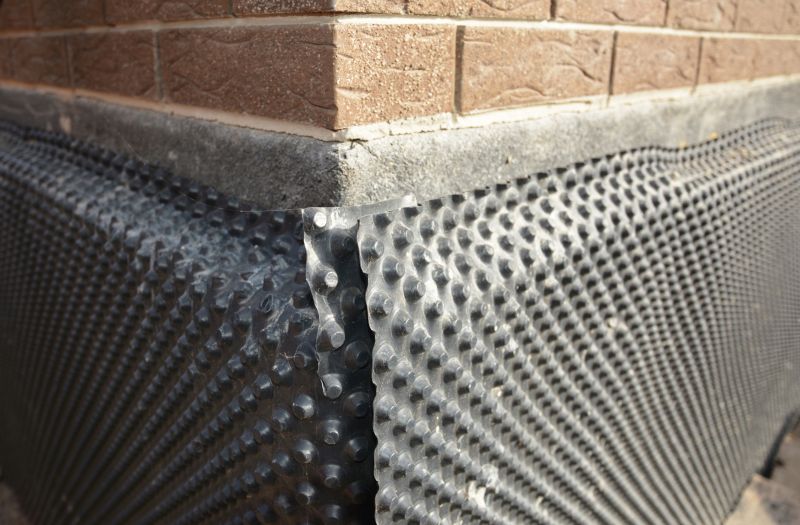
Ways to make Waterproofings work in tight or awkward layouts.
Interested parties are encouraged to contact for further information on scheduling waterproofing projects. Proper timing and application techniques are essential to ensure long-lasting protection against water damage and structural deterioration.

